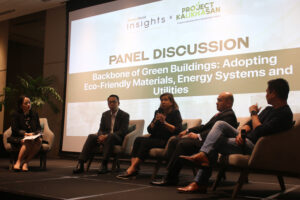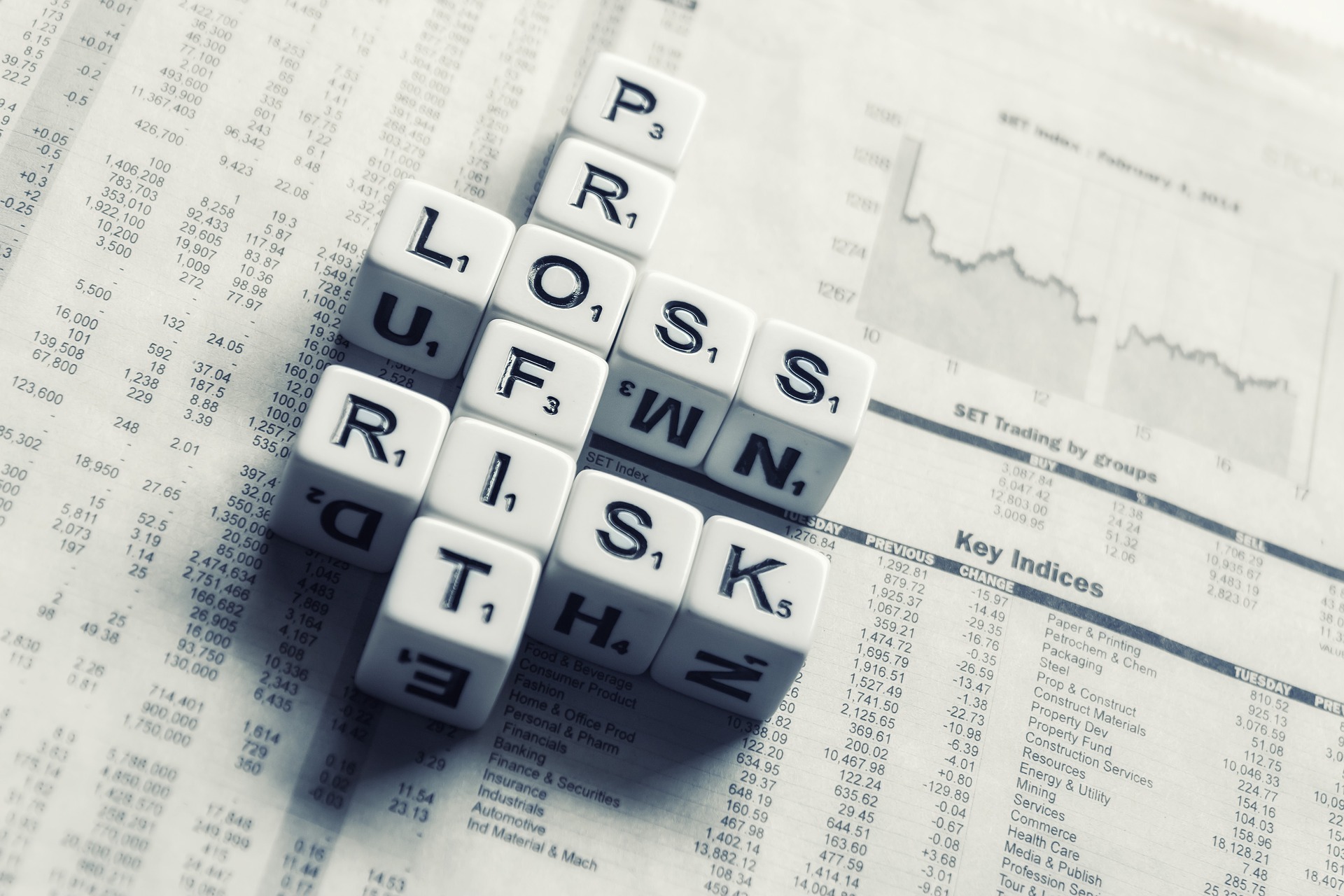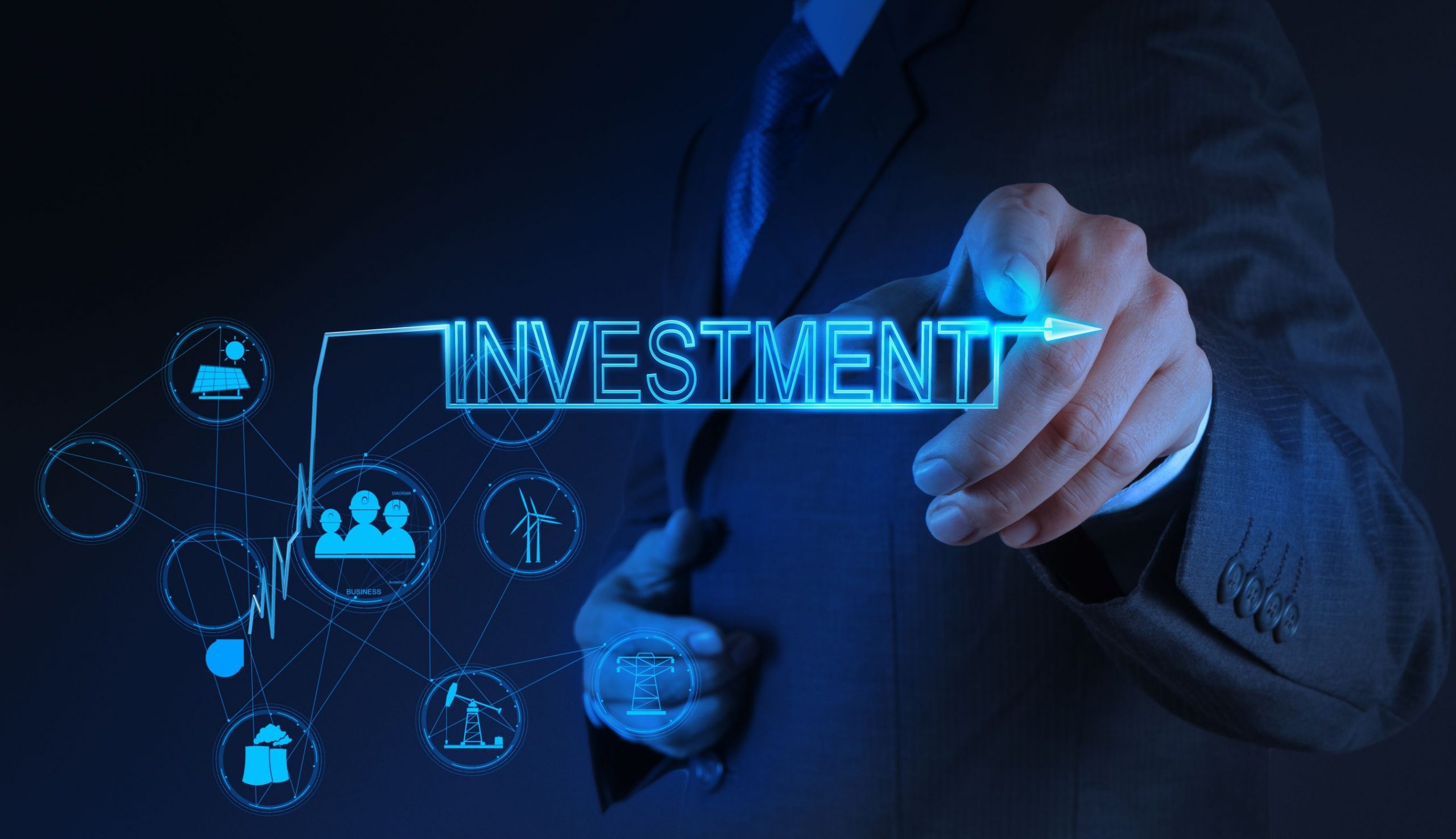The future of sustainable and green developments

By Angela Kiara S. Brillantes and Mhicole A. Moral, Special Features and Content Writers
Natural disasters and sustainability issues have highlighted the vulnerability of traditional infrastructure, prompting a reevaluation of development strategies. Green and resilient real estate development is a strategy that aims to reduce the carbon footprint of buildings while also making them more resistant to natural disasters. This approach is crucial for the environment, as buildings are responsible for a significant number of carbon emissions.
Thus, since the real estate industry is a vital player in the economy, shifting towards green and resilient development can have a positive impact on both the environment and the economy. The opportunities and challenges in realizing such positive impact were explored last Jan. 26 in the BusinessWorld Insights and Project KaLIKHAsan forum themed “The Shift to Green Development” at Seda Manila Bay.
Delivering the keynote presentation, Angelo Tan, country lead for Climate Business Department (CBD) at the International Finance Corp. (IFC), discussed the complexities and opportunities to achieving sustainable real estate.
Mr. Tan emphasized the need for partnerships and the growth of the private sector as a crucial engine for growth in emerging markets like the Philippines.
“Our mandate at the Climate Business Department is to make sure that development is done that’s good for the environment. And when we work with the real estate sector, that means that we need to channel private capital toward climate smart investments,” Mr. Tan explained.
IFC is specifically mandated to collaborate with the private sector in addressing investments related to sustainability. In particular, the IFC’s goal at the Climate Business Department covers a wide range of sectors, including green buildings, renewable energy, electric mobility, waste management, and green cities.
However, Mr. Tan said that the organization does not merely invest in profitable ventures as it ensures that the projects it supports contribute to positive societal development.
“[W]e have a dual mission, ending extreme poverty and boosting shared prosperity in emerging markets. But in 2024, we launched an ambitious new vision and vision for the World Bank Group, and that’s to create a world free of poverty on a livable planet,” he said. “So anything that we now do, it has to be toward development that has a positive impact for the environment. How does that work translate to real estate? When we say sustainable real estate, this is what we mean.”
Keynote Speaker Angelo Tan, country lead for Climate Business Department at the International Finance Corp.
Mitigation and adoption
Mr. Tan emphasized the importance of adopting a green, resilient, and inclusive approach to real estate development since buildings contribute up to 40% of global carbon emissions. The construction and operation of buildings release greenhouse gases (GHG), contributing to the vicious cycle of global warming. The consequences, according to Mr. Tan, are particularly severe in regions like the Philippines, where the impact of climate change is compounded by exposure to frequent and severe disasters.
To break the cycle of environmental degradation, Mr. Tan stressed the importance of a dual approach involving both climate change mitigation and adaptation. Mitigation, he explained, focuses on reducing GHG emissions through measures such as energy-efficient building designs, passive housing, and the use of sustainable technologies like LED lighting. On the other hand, adaptation acknowledges the reality of climate change and aims to enhance resilience against its effects.
Challenges in green development
Mr. Tan identified cost as a primary barrier to the widespread adoption of green and resilient building practices. While various green measures have become more accessible and affordable, there is still an additional cost associated with building green. For developers working in lower-income segments, this added cost poses a significant challenge, as it makes selling prices higher and may deter potential buyers.
“A lot of [green] measures, they’re now much more affordable. So, there’s no excuse for anyone not to do green. But the cold, hard reality is there is an additional cost to doing green,” said Mr. Tan.
The complexity of green development, particularly in terms of certification, was another major challenge highlighted. Developers face additional costs for certifying their projects as green to avoid greenwashing. Mr. Tan emphasized the importance of third-party validation but acknowledged the financial burden it places on developers, particularly in the lower-income housing market.
He added, “There’s an additional cost to certifying as green. Why do you need to certify? Because we want to avoid greenwashing. We don’t want any developer to claim that they’re green without third-party validation. And what happens when you certify a project? You pay architects and engineers to look at your plans, visit the site, do a site audit, and make sure that the building was constructed according to how it was designed.”
In addition, the lack of green building education and expertise, especially among smaller developers outside metro areas, adds to the complexity.
The speaker also identified cultural resistance to change, described as “nakagisnan” (sticking to traditional ways), as a barrier to green development. Some CEOs and CFOs still prioritize financial benefits without fully considering the environmental and social aspects of building practices, he said.
Opportunities in sustainable buildings
Mr. Tan also highlighted key points where businesses and investors are recognizing the importance of sustainable practices.
He noted the Philippines’ leadership in net zero buildings, with the first EDGE zero carbon building in the world located in the country. The ABCs of EDGE zero carbon, which stands for advanced energy efficiency, building retrofits, carbon offsets, and renewables, are explained as the key components of achieving net zero buildings.
“We need to make our buildings more efficient and more to consume less energy. Because what’s the use of having renewable energy if the building is an energy-guzzling building? Then you’re not really making a huge difference. So, we need to make our buildings more energy efficient, and by our standard, 40% energy efficiency. And that way, that standard is now being used by other organizations, 40% improvement over base case,” Mr. Tan explained.
Mr. Tan added that working across building typologies and reaching out to the provinces to transform the industry towards a more green and resilient Philippines is important to achieve the ambitions to be raised towards a more sustainable future.
A long-term investment
The forum also brought industry leaders and experts to discuss how real estate is improving building management and operations responsibly and sustainably.
Alexis L. Ortiga, vice-president for the Commercial Properties Group at SM Prime
Alexis L. Ortiga, vice-president for the Commercial Properties Group at SM Prime, shared that adopting green buildings should be considered a long-term yet smart investment.
“We need to think of sustainability as a marathon instead of a sprint. Green buildings are smart long-term investments, from installing double-glazed windows that lessen the load of AC use, to using gray water and energy recovery technologies that boost efficiency, decrease energy usage, and lower utility bills. The benefits in the long run will far outweigh the costs of today’s investments,” Mr. Ortiga said during the panel discussion of the forum.
For Gie Garcia, co-managing director and chief sustainability officer of NEO, the shift to green buildings should start in optimizing energy-efficient resources then gradually transitioning to renewable power.
David Leechiu, chief executive officer of Leechiu Property Consultants
Leechiu Property Consultants Chief Executive Officer David Leechiu pointed out that the green office market is up and thriving as the green shift among buildings is resulting in a much higher demand for green buildings.
For instance, real estate offices like those from SM Offices have embedded sustainable practices and strategies into their buildings, such as sky garden, walk bridges, bike facilities, and bike lanes, which promote sustainability and wellness of individuals.
Moreover, most demand is coming from multinational companies that aim to deliver more sustainable and green spaces.
“[M]ultinational companies have a high preference for developments that are green because, for one, it’s also integrated into their corporate goals and targets. It’s also part of their values,” Aboitiz InfraCapital Economic Estates Vice-President for Inventory Generation Jolan Formalejo shared.
Concrete steps
The panel also noted the importance for developers to look at green certification, as this can put buildings into a stronger position, minimizing carbon footprint while catering to the needs and demands of occupants, investors, or stakeholders.
Gie Garcia, co-managing director and chief sustainability officer of NEO
According to NEO’s Ms. Garcia, green certification is important depending on the developer’s goals. Some use green certifications because it is advantageous, while others who solely aim for energy-efficient buildings, might not need green building certification but need to ensure compliance with the government’s requirement.
Retrofitting is also noted by the forum’s speakers as a means of making existing buildings more energy-efficient and sustainable.
Retrofitting is the best option for green buildings, Ms. Garcia remarked; nonetheless, embarking on this still depends on whether the building was properly maintained.
Mr. Ortiga of SM Prime, however, shared that retrofitting buildings is not always necessary because other companies are already embedding sustainable practices and strategies without them realizing it, and that’s more than enough.
Besides retrofitting, green buildings need environmental policy and management systems the most.
Jolan Formalejo, vice-president for Inventory Generation at Aboitiz InfraCapital Economic Estates
“For our developments, we have more than five certified green professionals in the company that ensures the continuous efforts are being done to continuously implement efficiency into the into the buildings that we operate.” Mr. Formalejo of Aboitiz InfraCapital said.
It was also noted that besides acquiring materials and technology fit for green buildings, developers and tenants should embrace sustainable practices such as efficient energy consumption, waste management, giving back to nature, as well as cultural reconnection with nature.
Education’s role
The forum also pointed out the significance of education as a starting point in the shift to sustainable real estate.
According to NEO’s Ms. Garcia, sustainable development starts with the younger generation and should be ingrained in their mindset for it to be effective.
IFC’s Mr. Tan mentioned in his keynote the ongoing efforts to bridge this gap through programs offered at universities.
“We’ve partnered with Polytechnic University of the Philippines and National University, so architecture and engineering students at their fourth year can study DfGE (Design for Greater Efficiency). UP has tropical architecture. But beyond that, we don’t have a lot of green architecture education,” Mr. Tan shared, adding that it takes time to get students to absorb information on sustainable development and thus to put that to action.
This forum is part of PhilSTAR Media Group’s initiative titled “Project KaLIKHAsan: Creative Solutions for a Sustainable Future,” which brings together the group’s print, digital, and on-ground platforms to raise the cause of meaningful, concrete sustainability in our industries and communities.
This BusinessWorld Insights forum was presented in partnership with SM Prime and is sponsored by Aboitiz InfraCapital, Megaworld, and RLC Residences; with the support of official venue partner Seda Manila Bay Hotel and official media partner The Philippine STAR.




